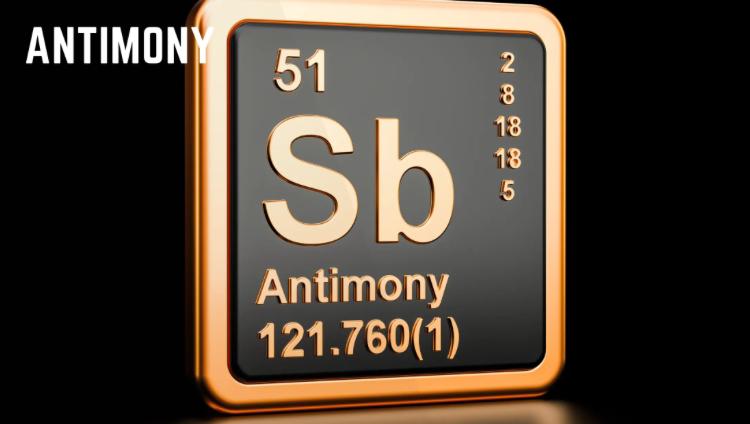
Lode Resources Ltd (ASX:LDR) has delivered fresh exploration results from its Webbs Consol project in northern New South Wales, revealing promising antimony and silver mineralisation. The update, released today (Friday, October 17, 2025), was met with optimism from investors, sending the company’s stock up more than 11% in afternoon trade to $0.29.
The company reported broad intersections of high-grade antimony, accompanied by silver and base metals, marking another step forward in its multi-commodity exploration strategy. This adds momentum to Australia’s critical minerals narrative, as the nation seeks to diversify supplies away from China and secure essential metals for the global energy transition.
Drilling at the Webbs Consol Project, located near Emmaville in northern NSW, has continued to deliver encouraging outcomes. Recent results have defined antimony-rich lenses along with silver and zinc-lead mineralisation in previously underexplored zones.
According to the announcement, assays confirmed the presence of stibnite (antimony sulphide), a key ore of antimony, with multiple intersections highlighting grades that could represent an emerging high-value target zone.
Lode noted that the results “reinforce the potential of the Webbs Consol system to host multiple lodes of economic significance,” suggesting the mineralisation extends beyond previously modelled boundaries.
Managing Director Ted Leschke said the team was particularly pleased with the continuity of mineralisation across several lodes.
“These results demonstrate that Webbs Consol remains open along strike and at depth, with strong indications of additional high-grade antimony and silver zones yet to be tested,” Leschke commented.
“Given antimony’s strategic importance and tightening global supply, we’re excited by the opportunity to contribute to Australia’s critical minerals pipeline.”
Antimony has gained renewed attention in recent years as a critical mineral used in defence, semiconductors, and energy storage technologies. It’s a key component in flame retardants, ammunition, and emerging grid battery systems, making it strategically vital.
Global supply of the metal remains heavily concentrated, with China and Russia accounting for more than 80% of production. Australia, meanwhile, holds prospective deposits but limited domestic production — positioning explorers like Lode Resources to fill a potential gap in the Western supply chain.
Recent reports by the Australian Critical Minerals Strategy and U.S. Geological Survey both highlight antimony as a metal of “high economic importance and supply risk.” This global policy focus adds extra weight to exploration success stories like Lode’s Webbs Consol.
At the time of writing this article, Lode Resources shares were up by 11.54% to $0.29, trading on higher-than-average volume of over 10 million shares.
This follows an impressive 12-month performance, during which the company’s stock has surged 163%, outperforming many of its small-cap exploration peers. The company’s market capitalisation now stands at $46.9 million, reflecting investor confidence in its exploration progress and commodity exposure.
The antimony find also comes amid renewed enthusiasm for critical minerals, after UBS upgraded copper price forecasts earlier this week and analysts cited growing strategic interest in metals essential for defence and clean energy.
Looking ahead, Lode Resources plans to expand its drilling program at Webbs Consol to define the full extent of mineralisation. The company indicated upcoming exploration will focus on deeper targets and potential extensions to known lodes.
Leschke noted that additional fieldwork and metallurgical testing would be key to determining economic viability.
“We’re at an exciting stage — the geological model continues to improve with each drill hole,” he said. “The next phase will help us understand the scale of the system and its commercial potential.”
Lode’s broader portfolio also includes the Uralla, Fender, and Sandon projects, providing exposure to copper, gold, silver, and zinc in a mineral-rich corridor of NSW.
Disclaimer - Skrill Network is designed solely for educational and informational use. The content on this website should not be considered as investment advice or a directive. Before making any investment choices, it is crucial to carry out your own research, taking into account your individual investment objectives and personal situation. If you're considering investment decisions influenced by the information on this website, you should either seek independent financial counsel from a qualified expert or independently verify and research the information.
Tags:
RECENT POSTS
TAGS
Subscribe to the Skrill Network Newsletter today and stay informed
Recommended Articles